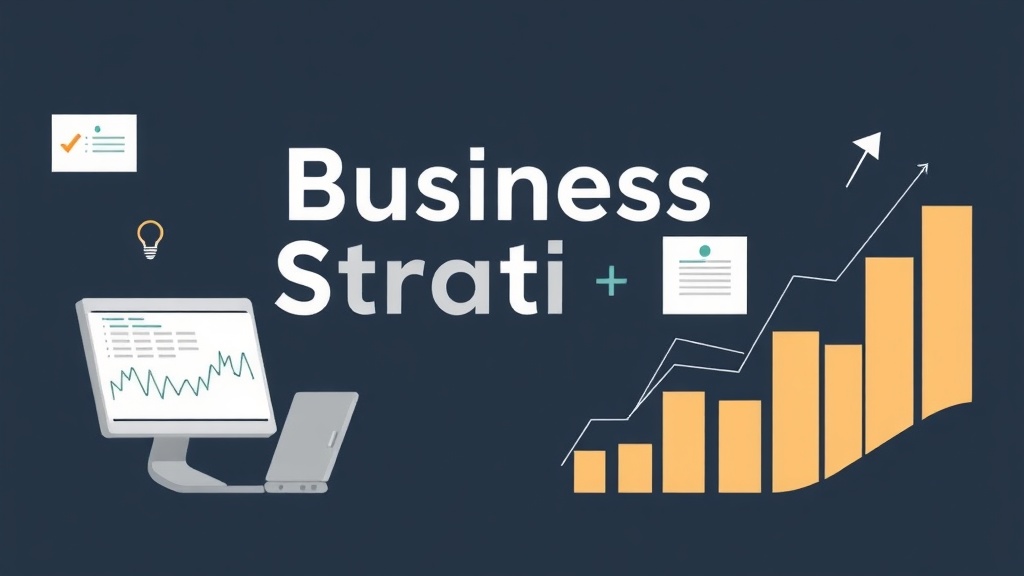Businesses face rapid market shifts, supply-chain disruptions, and evolving customer expectations. A resilient strategy combines strategic agility with disciplined scenario planning to turn uncertainty into a competitive advantage. This article explains how to design that strategy and offers practical steps you can implement right away.
Why resilience matters
Resilient strategies prioritize adaptability without losing focus on long-term goals. Organizations that respond quickly to emerging threats or opportunities maintain market share, protect margins, and retain customer trust.
Resilience is less about predicting the future and more about preparing multiple pathways to succeed under different conditions.
Core components of a resilient strategy
– Strategic agility: The ability to reallocate resources, pivot priorities, and make faster decisions while keeping an eye on core objectives.
– Scenario planning: Developing plausible alternative futures and stress-testing strategic options against those possibilities.
– Clear metrics and governance: Defining KPIs, decision rights, and cadences for review to ensure rapid response can be executed without chaos.
– Customer-centric focus: Prioritizing initiatives that deliver value and sustain customer loyalty across scenarios.
Step-by-step approach to build resilience
1.
Clarify strategic anchors
Identify the few non-negotiable elements of your strategy—brand promise, core competencies, and target customer segments. These anchors guide choices when the environment shifts.
2. Map critical uncertainties
List factors that could significantly affect your business but are uncertain—demand volatility, regulatory shifts, supplier concentration, new entrants, or technology adoption rates. Prioritize the top three to five.
3. Create 3–5 plausible scenarios
Develop short, vivid narratives that explore combinations of the critical uncertainties. Avoid overly extreme or unlikely stories; focus on plausible and varied outcomes that would require different tactical responses.
4.
Stress-test strategic options

For each scenario, evaluate how current initiatives and investments perform. Which projects become high value, which lose relevance, and where does risk concentrate? Use cross-functional workshops to surface blind spots.
5. Define trigger points and playbooks
Translate scenarios into operational triggers (e.g., a 20% drop in demand, a key supplier outage). For each trigger, establish pre-approved playbooks with roles, budgets, and timelines so the organization can move quickly without bureaucratic delay.
6. Implement flexible resource allocation
Adopt funding models that allow shifting resources—time, talent, and capital—based on evolving priorities. Approaches like rolling budgets, phase-gate funding, or strategic pools support adaptability.
7. Measure and iterate
Set both leading and lagging KPIs to monitor scenario-relevant signals.
Conduct regular strategy reviews and update scenarios periodically as new information emerges.
Tools and frameworks that help
– OKRs for alignment and rapid reprioritization
– Balanced Scorecard to connect strategy to operational metrics
– Three Horizons for portfolio management across core, growth, and exploratory initiatives
– War-gaming or tabletop exercises to rehearse responses and refine playbooks
Common pitfalls to avoid
– Rigid budgeting that locks resources into one outcome
– Overly optimistic assumptions without downside plans
– Siloed scenario planning that avoids operational input
– Ignoring cultural readiness—teams need authority and clarity to act
Moving forward
Start small: run a scenario-planning workshop for one critical business unit, define two trigger-based playbooks, and introduce a quarterly strategy review. Over time, build the capabilities—governance, funding flexibility, and analytics—that institutionalize resilience. Organizations that master strategic agility and scenario planning are better equipped to navigate uncertainty and seize opportunities as they arise.
